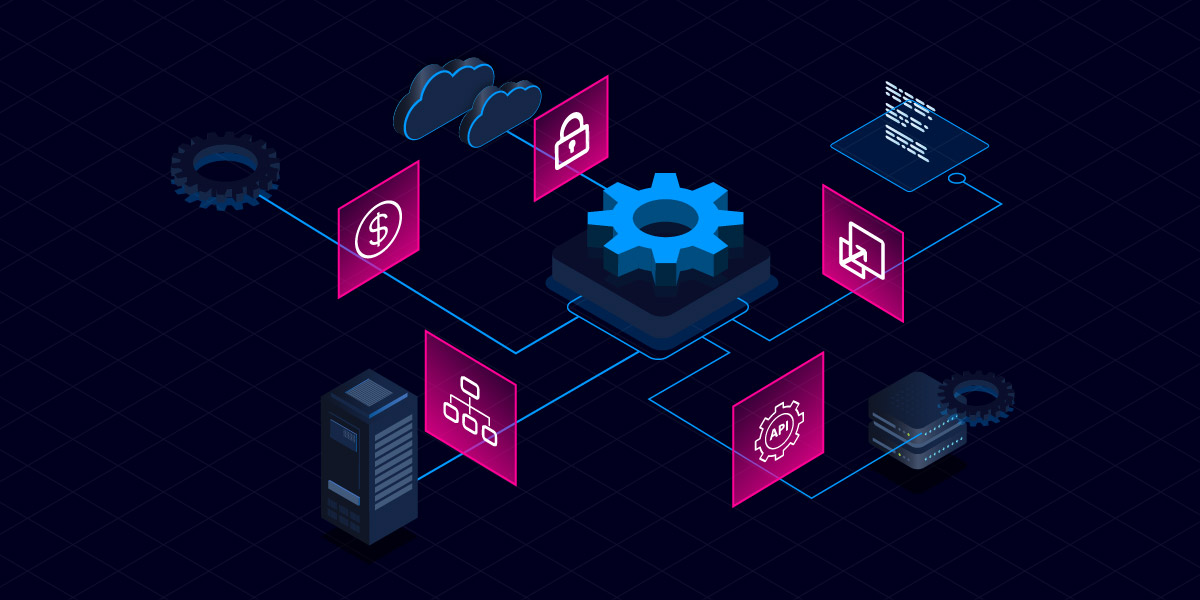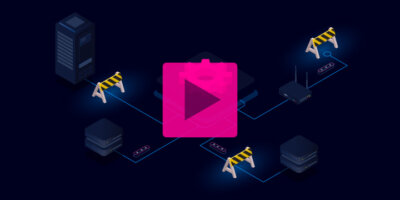Share this

Table of Contents
When we talk about network automation, it’s easy to get caught up in the tools, the features, and the promise of faster, more reliable outcomes. But what I’ve learned, working with some of the most complex organizations out there, is that the real barriers to automation aren’t always technical. They’re the invisible challenges that show up in every conversation, every roadmap review, and every deployment plan.
I recently joined William Collins for a webinar to unpack these hidden blockers — you can watch it here — but let’s dive into what they look like up close.
Fragmented Data: The Myth of a Single Source of Truth
One of the biggest invisible issues I see every day is the idea of the “single source of truth.” Let’s be honest: it’s a myth. Every large organization I work with has multiple systems — spreadsheets here, a CMDB there, a proprietary database somewhere else. And while having a consistent data foundation is important, I’ve seen too many teams get stuck waiting for that mythical perfect source of truth before they start orchestrating anything.
What works? Start small and accept the messiness. Build your orchestration in a way that collaborates with your data integrity journey, not waits for it to be done. In my experience, the teams that figure out how to move forward with imperfect data and find ways that their orchestration contributes to better data integrity are the ones that end up with real outcomes — and real transformation.
Config Consistency: Don’t Boil the Ocean
I’ve also seen a lot of folks trying to tackle configuration consistency like it’s an all-or-nothing project. But in the real world, you’re always going to have mergers, acquisitions, and legacy devices that muddy the waters. My advice: don’t try to boil the ocean. Rather than waiting on consensus on the entire config for every device, pick the pieces that matter most — like access control, SNMP, or NTP — and start there. Iterate, refine, and build momentum. The goal is to create an environment where consistency is practical, not perfect.
APIs & the Boring Work
Let’s talk about the tedious stuff — API documentation, endless PDFs, and the mind-numbing work of figuring out which endpoint to use. I hear this from so many of my customers: they’re not software engineers. They’re network engineers, infrastructure specialists, and operations experts who want to build real, reliable systems — not dig through API specs all day.
That’s why I’m excited to see how technologies like AI are helping us burn down the boring work. It’s about giving teams back the time they need to focus on what really matters — like designing resilient networks that support their business goals.
Scaling Up: From Scripts to Orchestration
Another invisible issue? The gap between automating a single task and orchestrating at scale. I always use the restaurant analogy: cooking a meal for yourself is one thing. Running a restaurant — managing the kitchen, the staff, the inventory — is something else entirely. True orchestration isn’t about isolated scripts. It’s about governance, flexibility, and making sure every team — no matter their tool of choice — can contribute to the big picture.
That’s why I always tell my customers: pick platforms that play nice with others. Don’t expect teams to drop everything and adopt one tool. Meet them where they are and find ways to integrate, not replace.
Security: The Non-Negotiable
If there’s one thing that can derail even the most promising automation efforts, it’s security. I’ve seen it happen: one incident, and suddenly everything slows to a crawl — or stops completely. Guardrails and governance aren’t just checkboxes. They’re the safety net that protects your program’s reputation and keeps it moving forward.
Proving Value: ROI as a Discipline, Not a Checkbox
Finally, I’ve learned that success isn’t just about the first win — it’s about proving value over and over. Too often, ROI calculations stop after the initial buy-in. But the best programs I see are the ones that treat ROI as a living metric — tracking how every orchestration ties back to a tangible outcome, not just at launch, but every day after.
Why This Matters
At the end of the day, these invisible issues — fragmented data, config sprawl, overwhelmed engineers, security concerns, and unproven ROI — aren’t just technical. They’re human. They’re about how teams work, how they trust each other, and how they’re supported in doing their best work.
I’ve seen these challenges up close, and I’ve also seen how, with the right mindset and the right tools, teams can overcome them. That’s what excites me about the work we do at Itential — helping our customers turn those invisible issues into visible wins.
If you’re feeling stuck in the invisible issues — reach out. I’d love to hear your story and share what’s working for others. Let’s tackle these challenges together.



